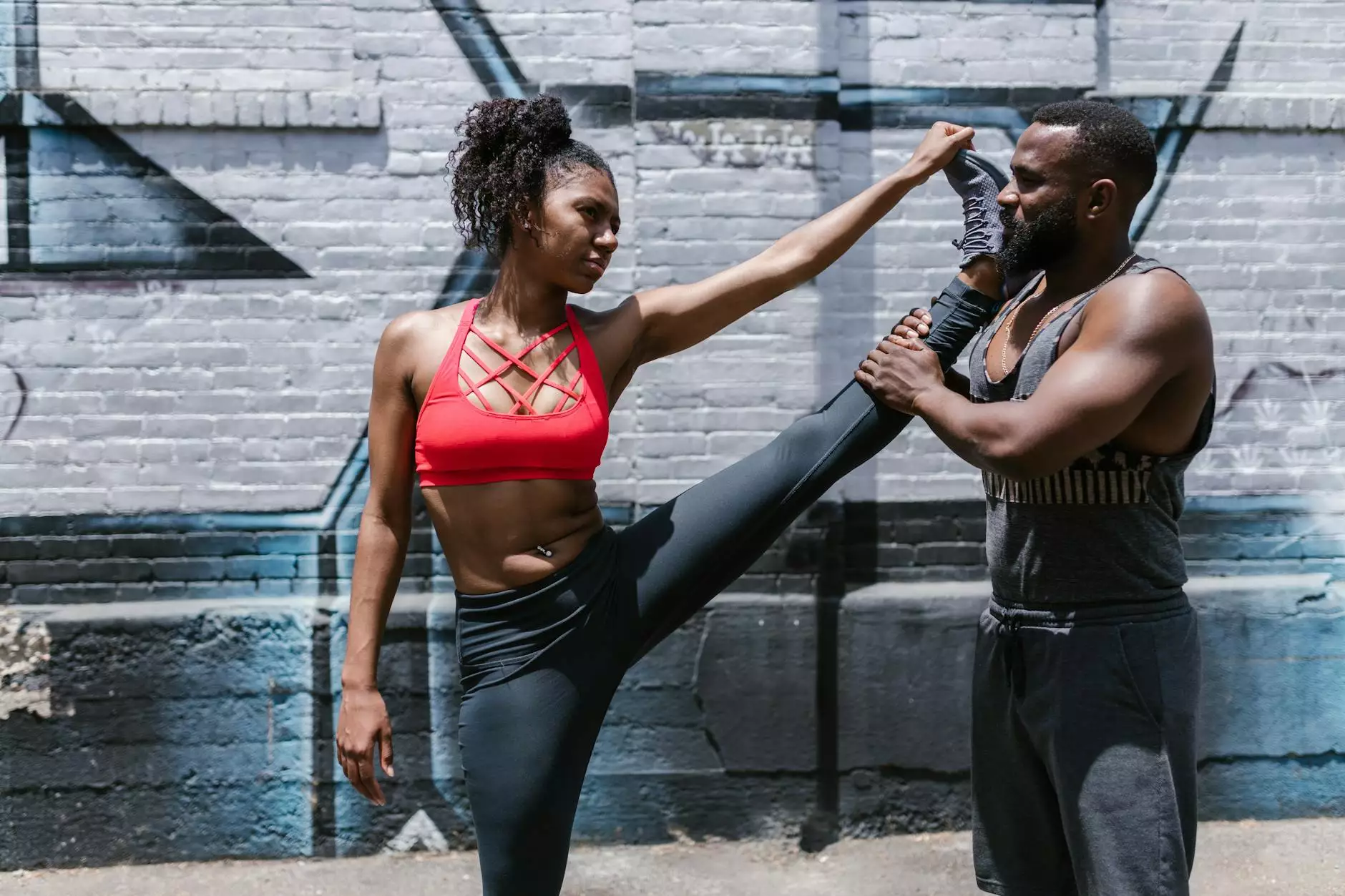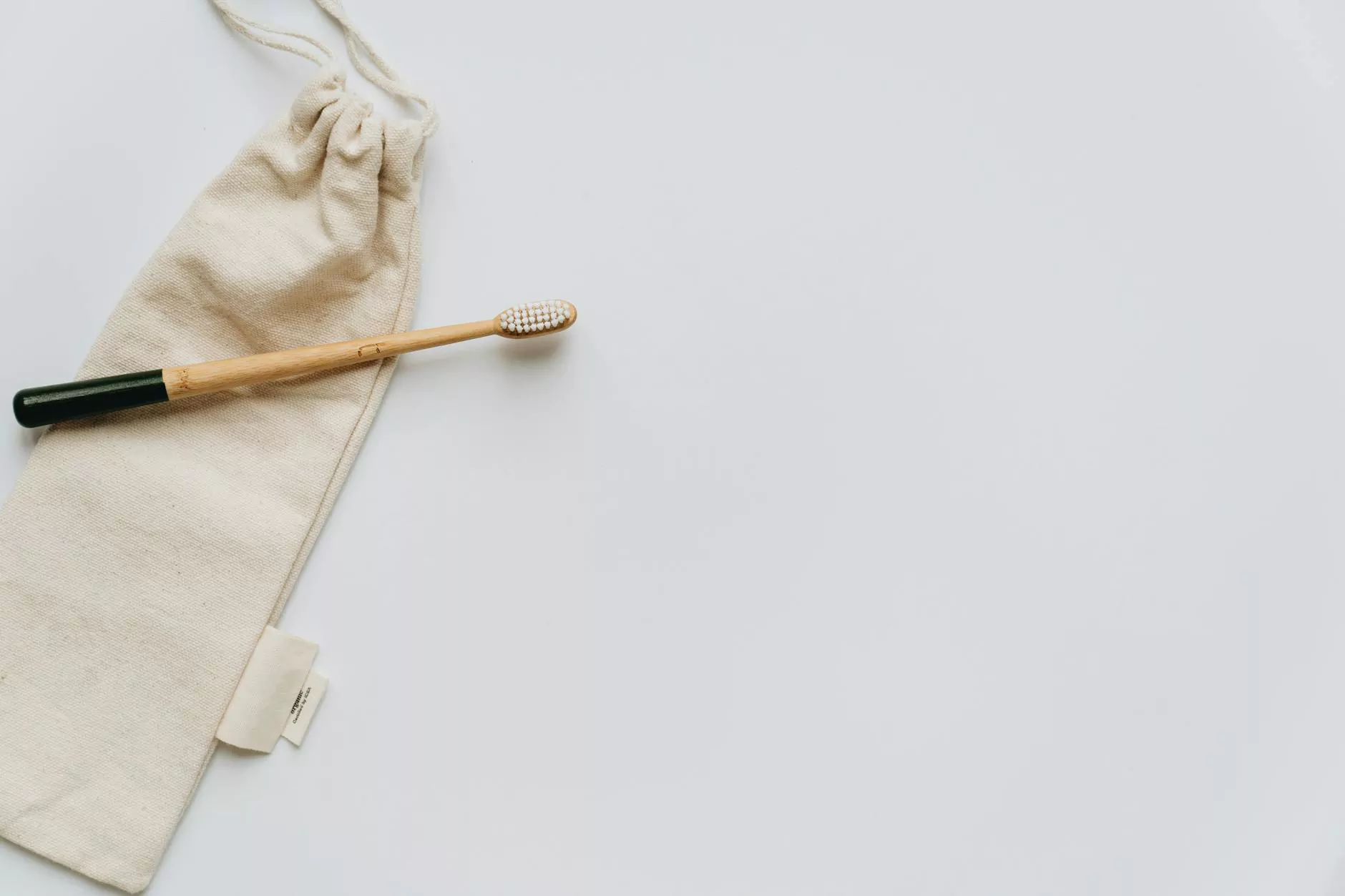How to Improve Shoulder External Rotation for Better Health and Performance

The Importance of Shoulder External Rotation
Shoulder external rotation is a crucial movement that plays a significant role in maintaining optimal shoulder health and functionality. It refers to the ability to externally rotate the shoulder joint, allowing the arm to move away from the body. This movement is essential in various activities, including lifting weights, throwing a ball, and performing daily tasks.
Understanding the Anatomy
To fully comprehend shoulder external rotation, it is essential to have a basic understanding of the shoulder's anatomy. The shoulder joint is composed of the humerus (upper arm bone), scapula (shoulder blade), and clavicle (collarbone). The glenohumeral joint, a ball-and-socket joint, facilitates various movements, including flexion, extension, abduction, adduction, internal rotation, and external rotation.
Common Causes of Limited Shoulder External Rotation
Several factors can contribute to limited shoulder external rotation, such as muscle imbalances, poor posture, previous injuries, and chronic conditions like rotator cuff dysfunction or adhesive capsulitis (frozen shoulder). Proper diagnosis and personalized treatment plans, including chiropractic care and physical therapy, can address these issues effectively.
Effective Techniques to Improve Shoulder External Rotation
1. Stretching Exercises
Stretching exercises are an excellent way to improve shoulder external rotation. The following exercises can help increase flexibility and range of motion:
- Doorway Stretch: Stand in a doorway, place your forearm on the door frame, and gently lean forward until you feel a stretch in your shoulder. Hold for 30 seconds and repeat on the other side.
- Sit or stand with your arms at your sides, elbows bent at 90 degrees, and palms facing forward. Slowly rotate your forearms inward as far as possible without causing discomfort. Hold for 15-30 seconds and repeat for several sets.
- External Rotation with Resistance Band: Attach a resistance band to a stationary object, hold the other end with the hand of your affected shoulder, and step back to create tension. Keeping your elbow at your side, slowly rotate your arm outward against the resistance. Repeat for several repetitions.
2. Strengthening Exercises
Strengthening exercises can help improve the stability and strength of the shoulder, allowing for better external rotation. Here are some effective exercises:
- Side-Lying External Rotation: Lie on your unaffected side, with your affected arm resting against your body and a folded towel or small pillow under your elbow. Holding a light dumbbell, slowly lift your forearm away from your body while keeping your elbow against the towel or pillow. Repeat for several sets.
- Resistance Band External Rotation: Attach a resistance band to a stationary object at waist height. Stand sideways with the band in the hand of your affected shoulder. Keeping your elbow bent at 90 degrees, rotate your arm away from your body against the resistance. Repeat for several sets.
- Prone Row: Lie face down on a bench, holding a dumbbell in each hand, palms facing inwards. While keeping your elbows close to your body, lift the dumbbells towards your ribcage. Slowly lower them down and repeat for several repetitions.
3. Mobility Exercises
Improving shoulder joint mobility is vital for better external rotation. Incorporate these exercises into your routine:
- Shoulder Dislocations: Hold a resistance band with a wide grip in front of your body. Slowly raise your arms overhead and behind you in a controlled manner, feeling a stretch in your shoulders. Reverse the movement and repeat for several repetitions.
- Arm Circles: Stand with your feet shoulder-width apart and extend your arms out to the side. Begin making small circles with your arms, gradually increasing the size. After completing forward circles, repeat in the reverse direction. Perform for several sets.
- Wall Slides: Stand with your back against a wall, elbows bent at 90 degrees and pressed against the wall. Slide your arms upward while keeping your wrists, elbows, and forearms in contact with the wall. Repeat for several repetitions.
Consulting Professionals for Optimal Results
While these techniques can greatly improve shoulder external rotation, it is important to consult with professionals in the health and medical field to ensure proper diagnosis and guidance tailored to your specific needs. IAOM-US, a leading provider of chiropractic and physical therapy resources, offers expert advice and assistance in improving your shoulder health and overall well-being.
Remember, consistency, proper form, and gradual progression are key to achieving optimal results. Incorporate these exercises into your routine and monitor your progress over time. Take care of your shoulders, and they will take care of you!









